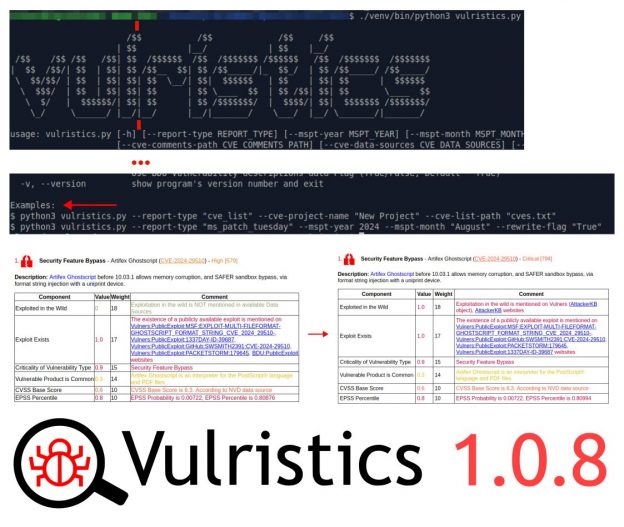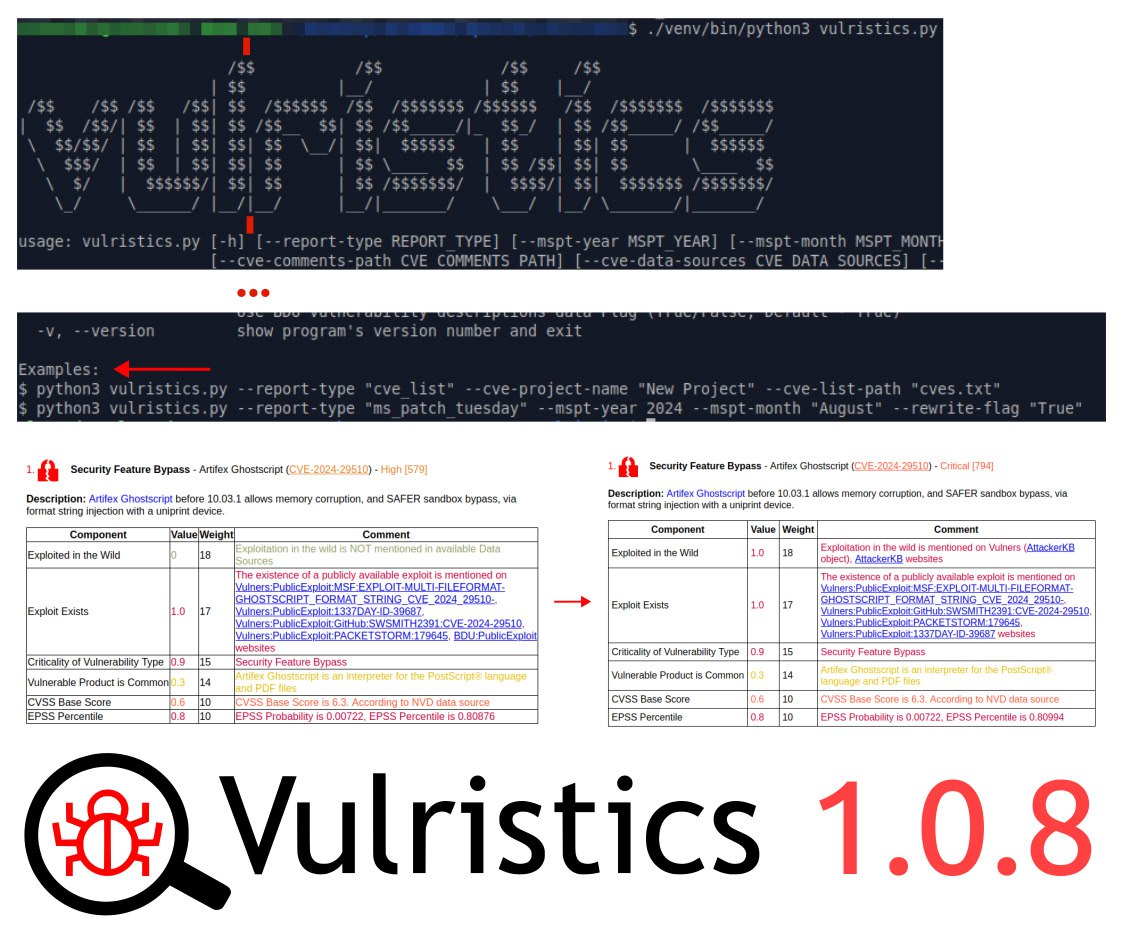
October Linux Patch Wednesday. There are 248 vulnerabilities in total. Of these, 92 are in the Linux Kernel.
5 vulnerabilities with signs of exploitation in the wild:
🔻 Remote Code Execution – CUPS (CVE-2024-47176) and 4 more CUPS vulnerabilities that can also be used to enhance DoS attacks
🔻 Remote Code Execution – Mozilla Firefox (CVE-2024-9680)
For 10 vulnerabilities there are no signs of exploitation in the wild yet, but exploits exist. Among them, the following can be highlighted:
🔸 Remote Code Execution – Cacti (CVE-2024-43363)
🔸 Elevation of Privilege – Linux Kernel (CVE-2024-46848)
🔸 Arbitrary File Reading – Jenkins (CVE-2024-43044)
🔸 Denial of Service – CUPS (CVE-2024-47850)
🔸 Cross Site Scripting – Rollup JavaScript module (CVE-2024-47068)













